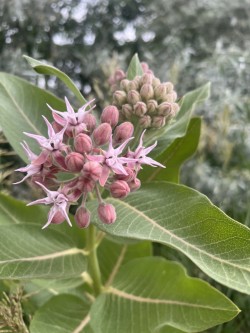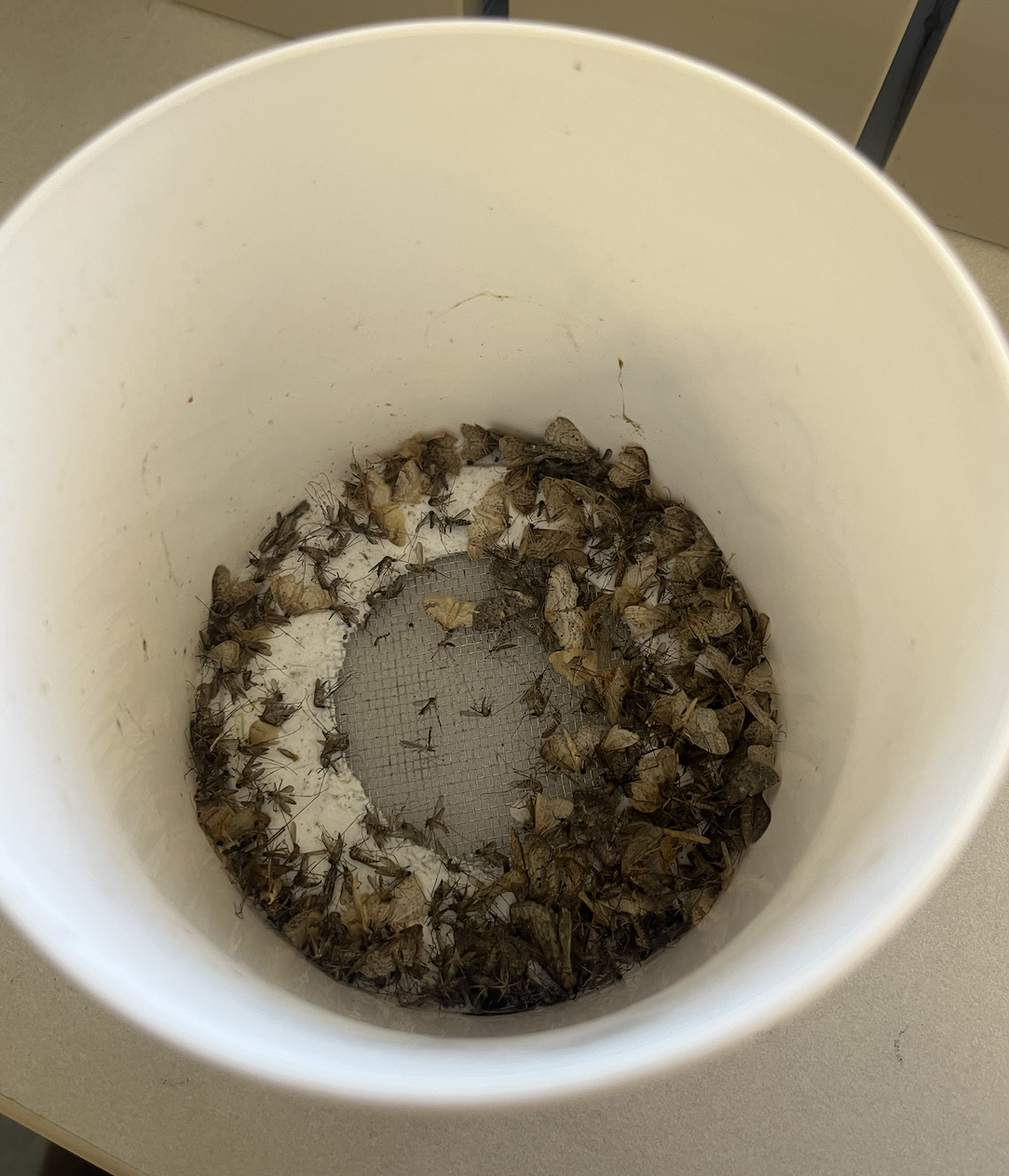7/28 : Sabrina Nogula
This past week has been a big one for both learning and progress in our West Nile Virus surveillance work! I’ve gotten much quicker and more confident with mosquito identification. After several weeks of practice, the process feels a lot more intuitive, which has been especially helpful with the high trap counts we’ve been seeing. We also started to see positive results for West Nile Virus. Initially, we were pooling our samples into three groups: one for all of our north sites, one for all of our south sites, and one for Kestrel Pond (which continues to have very high numbers). All three of those pools tested positive, and a few weeks earlier than last year. Because of this, we’ve now changed our approach and are separating out the pools by individual site. This will allow us to pinpoint exactly which locations are testing positive and better target our response efforts. However, one of our traps failed this week and wasn’t able to collect any mosquitoes, a good reminder to double-c...








